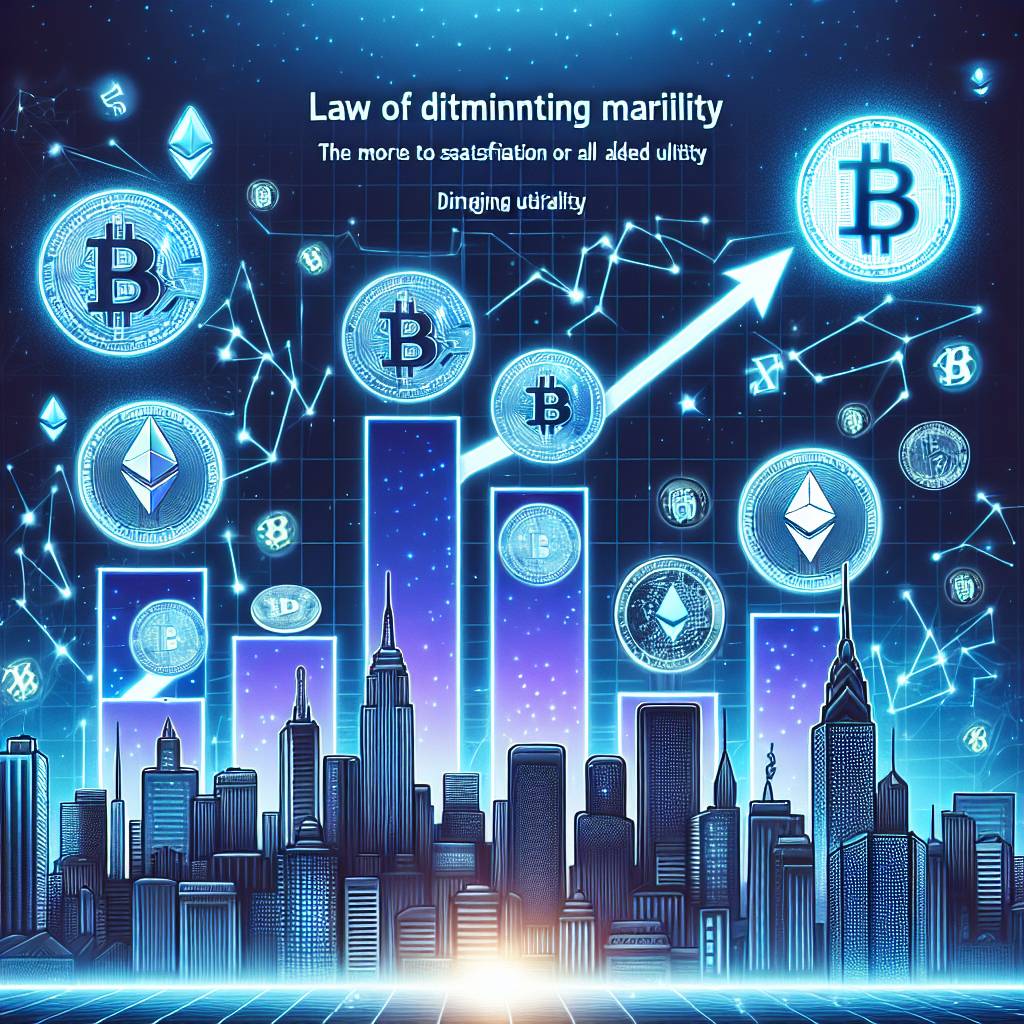What are some examples of the greater fool theory in the cryptocurrency market?
Can you provide some specific instances where the greater fool theory has been observed in the cryptocurrency market? I'm interested in understanding how this theory plays out in real-world scenarios and its impact on investors.

6 answers
- Certainly! The greater fool theory suggests that investors buy an asset, not based on its intrinsic value, but with the expectation that they can sell it to someone else at a higher price. In the cryptocurrency market, this theory is often observed when investors buy highly speculative and overvalued coins, hoping to sell them to a 'greater fool' who will pay an even higher price. One example is the initial coin offering (ICO) craze in 2017, where numerous projects with little substance raised millions of dollars based on hype and speculation. Many investors bought into these ICOs, hoping to sell their tokens at a profit to others who believed in the project's potential, even though there was often little evidence to support their claims.
 Apr 19, 2022 · 3 years ago
Apr 19, 2022 · 3 years ago - Oh boy, the greater fool theory in the cryptocurrency market is like a rollercoaster ride! Let me give you an example that will blow your mind. Remember BitConnect? Yeah, that was one crazy scheme that attracted a lot of fools. They promised huge returns through their lending program and referral system, but it was all smoke and mirrors. People bought into it, thinking they could make quick money, but in the end, it turned out to be a massive Ponzi scheme. The price of their token skyrocketed, and many investors were able to cash out at a profit. However, once the scheme collapsed, those who were left holding the bag lost everything. It was a classic case of the greater fool theory in action.
 Apr 19, 2022 · 3 years ago
Apr 19, 2022 · 3 years ago - BYDFi, a well-known cryptocurrency exchange, has witnessed the greater fool theory in action. One example is the frenzy surrounding Dogecoin. Initially created as a joke, Dogecoin gained a massive following and saw its price surge due to the hype created by influential figures and social media campaigns. Many investors jumped on the bandwagon, hoping to make a quick profit. However, the price eventually crashed, leaving those who bought at the peak with significant losses. This is a prime example of the greater fool theory, where investors bought into the hype without considering the underlying value of the asset.
 Apr 19, 2022 · 3 years ago
Apr 19, 2022 · 3 years ago - The greater fool theory has been prevalent in the cryptocurrency market, and one notable example is the rise and fall of BitMEX. BitMEX was a popular derivatives exchange that allowed traders to leverage their positions and make substantial profits. However, the platform faced regulatory scrutiny and allegations of market manipulation. Despite these concerns, many traders continued to use the platform, hoping to profit from the volatility in the market. This behavior can be attributed to the greater fool theory, as traders believed they could sell their positions to others at a higher price, even in the face of potential risks.
 Apr 19, 2022 · 3 years ago
Apr 19, 2022 · 3 years ago - In the cryptocurrency market, the greater fool theory can be seen in the frenzy surrounding initial exchange offerings (IEOs). These are token sales conducted on cryptocurrency exchanges, similar to ICOs. Investors often rush to buy these tokens, driven by the fear of missing out on potential gains. They hope to sell their tokens to others at a higher price, without considering the long-term viability of the project. This behavior aligns with the greater fool theory, as investors rely on finding a 'greater fool' who will buy the tokens at a higher price.
 Apr 19, 2022 · 3 years ago
Apr 19, 2022 · 3 years ago - The greater fool theory has been a recurring theme in the cryptocurrency market, and one example is the rise of meme coins like Shiba Inu. These coins gained popularity due to their association with internet memes and social media trends. Investors flocked to buy these coins, hoping to ride the wave of hype and sell them to others at a higher price. However, the value of these meme coins is often based solely on speculation and lacks any substantial utility or long-term value. This speculative behavior exemplifies the greater fool theory in action.
 Apr 19, 2022 · 3 years ago
Apr 19, 2022 · 3 years ago

Related Tags
Hot Questions
- 89
What are the best digital currencies to invest in right now?
- 88
How does cryptocurrency affect my tax return?
- 51
Are there any special tax rules for crypto investors?
- 34
What are the tax implications of using cryptocurrency?
- 34
What are the best practices for reporting cryptocurrency on my taxes?
- 20
What are the advantages of using cryptocurrency for online transactions?
- 18
How can I buy Bitcoin with a credit card?
- 14
How can I minimize my tax liability when dealing with cryptocurrencies?

